Genius loci [Link]
ゲニウス・ロキ
引き続き、プレゼンと論文のテーマを考え中につき。
土霊、ゲニウス・ロキをメモ。
クリスチャン・ノルベルグ=シュルツの “ゲニウス・ロキ” と、
マルティン・ハイデッガーの “存在と時間” と、
ブルーバックスの “「場」とはなんだろう” も必読。
> 表題となったゲニウス・ロキとは古代ローマ人が取り憑かれた観念で、
> ゲニウス(守護霊)・ロキ(場所の)というラテン語があらわしているように、
> それぞれの場所にひそむ”地霊”の力のようなものをさしている。
中略
> 超自然的な作用があるというのではない。
> むしろ「場所の実存」としてのゲニウスが作用したと、
> ノルベルグ=シュルツは立証したかった。
> たとえばル・コルビジェがあれほど「光」を意識したということは、
> 光のゲニウス・ロキを引用したということなのである。
> また、住宅を巨大化しようとしたミース・ファン・デル・ローエはその巨大性のぶん、
> 都市とその周辺のゲニウス・ロキを取り込んだのだ。
> それがカーテンウォールとなったのだ。ロバート・ヴェンチューリでさえ
> 「ファサードにはゲニウス・ロキがひっついてくる」と言ったのである。
> われわれは長らく、何がオペラ・デ・ナトゥーラ(自然の作品)であって、
> 何がオペラ・デ・マーノ(人工の作品)なのかという区切りに悩んできた。
> すでにゲーテもボードレールもオスカー・ワイルドも、
> 「人工が自然を模倣するのか、自然が人工を模倣するのか」と問うていた。
> ところが建築は、見るからに自然の中に人工を暴力的に対置してきたとみなされがちだった。
> 建築はまさに機械と同様に、「非自然の権化」とみなされてきた。
> 建築はゲーテやボードレールやワイルドの疑問にすらひっかからなかったのだ。
> 松岡正剛の千夜千冊『ゲニウス・ロキ』より
> In Roman mythology a genius loci was the protective spirit of a place.
> It was often depicted as a snake. In contemporary usage,
> “genius loci” usually refers to a location’s distinctive atmosphere,
> or a “spirit of place”, rather than necessarily a guardian spirit.
> Usage: “Light reveals the genius loci of a place.”
> Examples of this can be found at the church of St. Giles,
> Tockenham, Wiltshire where the genius loci is depicted
> as a statue in the wall of a Norman church built of Roman material.
> Alexander Pope made the Genius Loci an important principle in garden
> and landscape design with the following lines from Epistle IV,
> to Richard Boyle, Earl of Burlington:
> Consult the genius of the place in all;/That tells the waters or to rise,
> or fall;/Or helps th’ ambitious hill the heav’ns to scale,/
> Or scoops in circling theatres the vale;/Calls in the country,
> catches opening glades,/Joins willing woods,
> and varies shades from shades,/Now breaks, or now directs,
> th’ intending lines;/Paints as you plant, and, as you work, designs.
> Pope’s verse laid the foundation for one
> of the most widely agreed principles of landscape architecture.
> This is the principle that landscape designs should always
> be adapted to the context in which they are located.
> In the context of Modern architectural theory,
> genius loci has profound implications for place-making,
> falling within the philosophical branch of ‘phenomenology’.
> This field of architectural discourse is explored most notably
> by the theorist Christian Norberg-Schulz in his book,
> Genius Loci: Towards a Phenomenology of Architecture.
> There is a monster called a genius loci,
> presumably based at least loosely on this myth,
> in the Epic Level Handbook in the Dungeons
> and Dragons role-playing game.
> Wikipedia より
参考:
CiNii – 9016 GENIUS LOCIを巡って : 建築・場所論をめざして [Link]
松岡正剛の千夜千冊『ゲニウス・ロキ』クリスチャン・ノルベルグ=シュルツ [Link]
ゲニウス・ロキGenius Locii・「場所論」とその問題点–prof.Fの西洋 [Link]
徒然樹 鷲が見続けてきたもの ゲニウス・ロキ [Link]
ゲニウス・ロキ – 教えて!goo [Link]


![【小豆島 7/8】虫送り、江戸時代から島に伝わる行事 - [Shodoshima island, 8 July] The torch procession at island](https://yousakana.jp/wp-content/uploads/wordpress-popular-posts/11719-featured-120x120.jpeg)


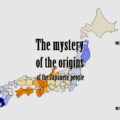
![【香川】古くからお遍路さんの喉を潤してきた桃『飯田桃園』 - [Kagawa] Plum and Peach orchard "Īda Peach Farm"](https://yousakana.jp/wp-content/uploads/wordpress-popular-posts/32984-featured-120x120.jpg)
![【高知】魚を守る道、アイスハーバー型らせん魚道 – [Kochi] Ice Harbor type spiral fishway](https://yousakana.jp/wp-content/uploads/wordpress-popular-posts/50244-featured-120x120.jpeg)
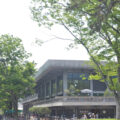







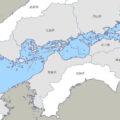
![【香川】春日川の川市 – [Kagawa] River market of Kasuga river](https://yousakana.jp/wp-content/uploads/wordpress-popular-posts/49605-featured-120x120.jpeg)

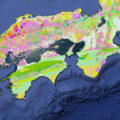
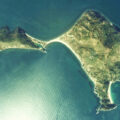





![【香川 4/12-30】樹齢800年の孔雀藤。香川県高松市の岩田神社 – [Kagawa 4/12-30] Peacock Wistaria at Iwata shrine](https://yousakana.jp/wp-content/uploads/2018/04/ishida-shrine-150x150.jpg)



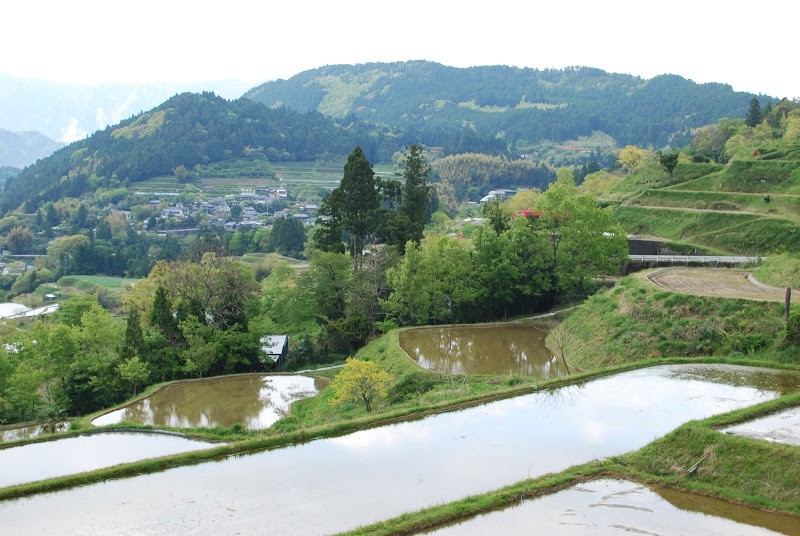



![【香川】ミヤモト惣菜店 – [Kagawa] Miyamoto Souzaitenten Delicatessen](https://yousakana.jp/wp-content/uploads/2020/04/miyamoto-sozaiten_00-800x534.jpg)

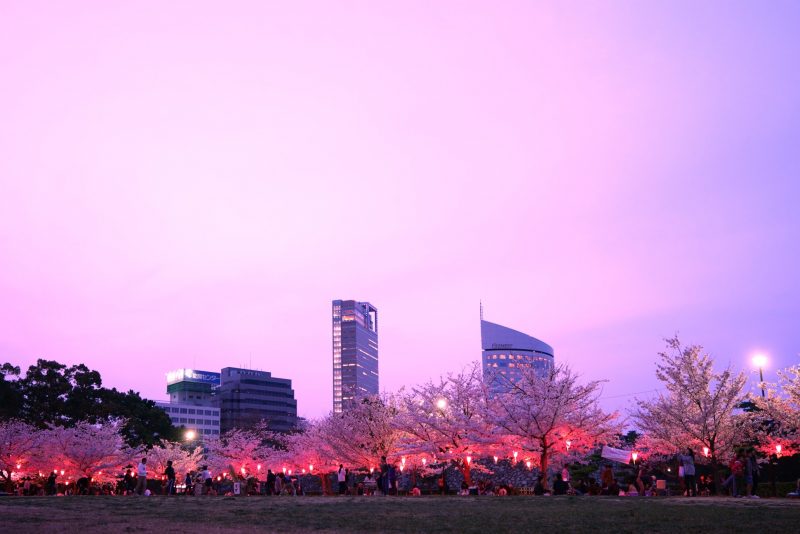






![【愛媛】スイスからやってきた新居浜・大島 『ジャックのパン屋』 – [Ehime] Jack’s bakery at Ni-Oshima island](https://yousakana.jp/wp-content/uploads/2014/10/jacks-bakery_Nioshima-island.jpg)

![【小豆島 10/16】池田の桟敷。江戸時代に築かれた石垣でみる秋祭り – [Shodoshima Oct. 16] The autumn festival at stone wall in Shodo island](https://yousakana.jp/wp-content/uploads/2014/09/shodoshima-festival-Autumn-800x536.jpg)

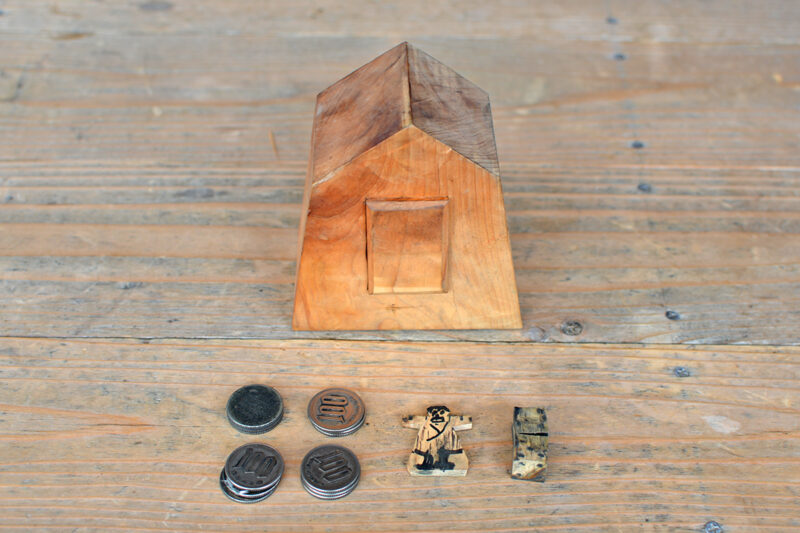


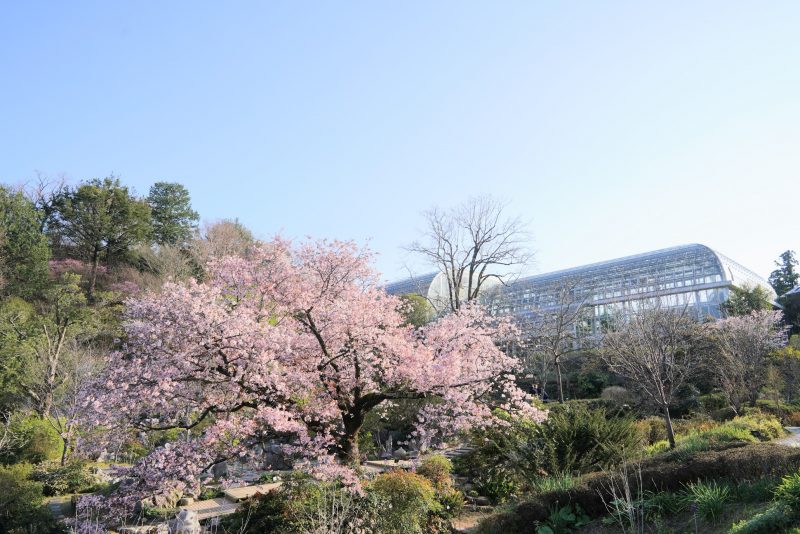

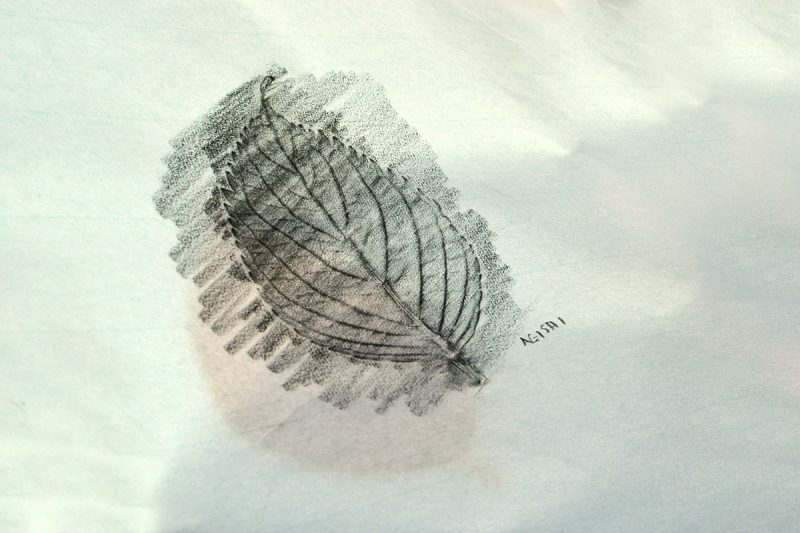

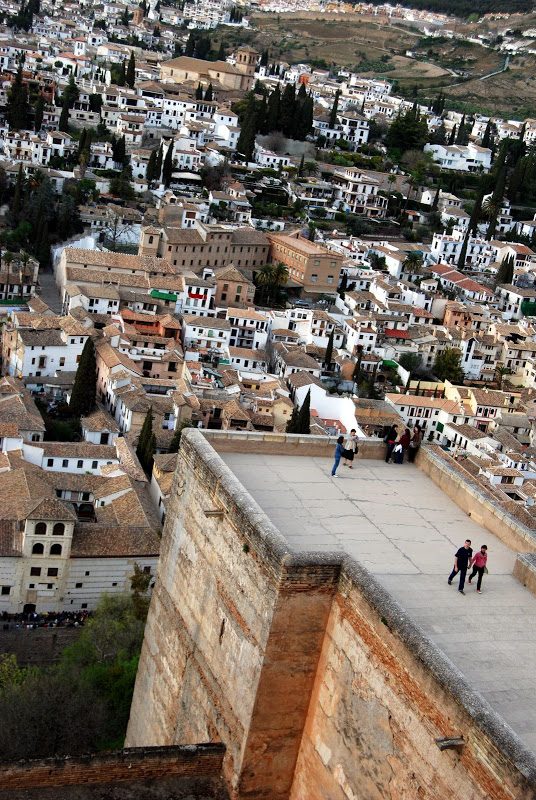




![【高知 完全予約制】手打そば 時屋 – [Kochi / Reservation required] Handmade Soba Noodles “Tokiya”](https://yousakana.jp/wp-content/uploads/2022/12/tokiya-soba-800x534.jpeg)

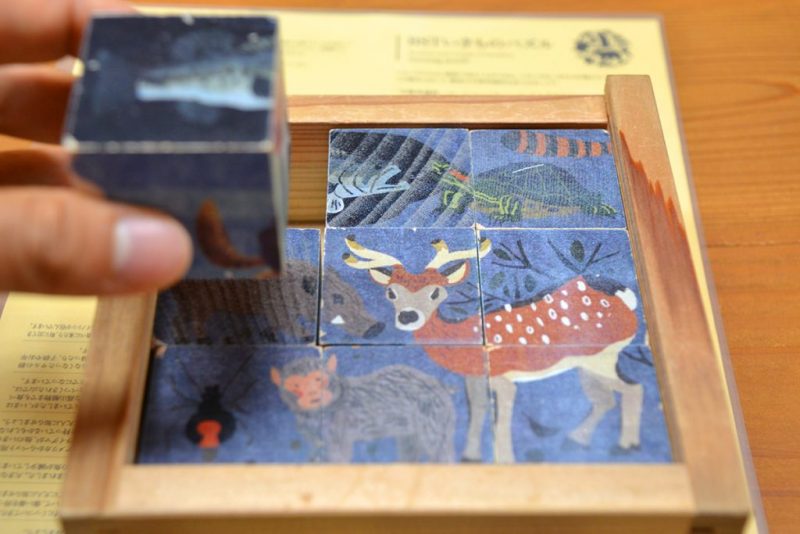

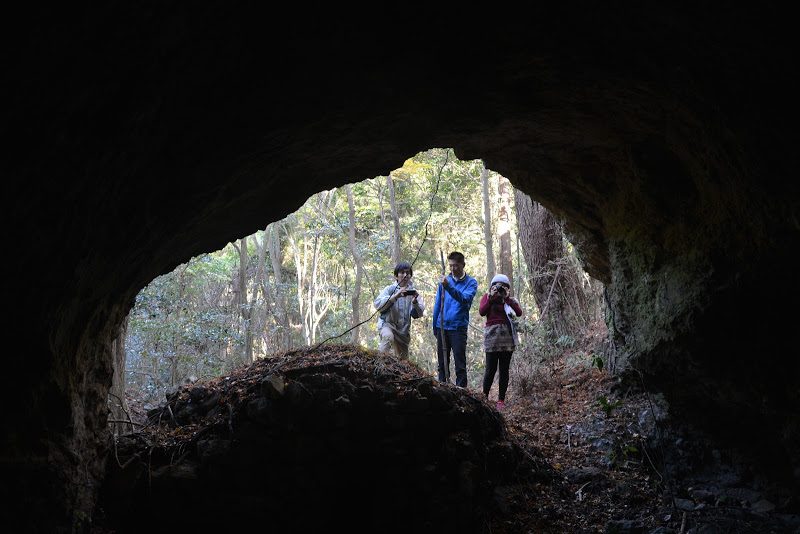
![【高知】浜田の『泊り屋(とまりや)』 – [Kochi] Wooden huts “Hamada no Tomariya”](https://yousakana.jp/wp-content/uploads/2021/11/Wooden-huts_Hamada-no-Tomariya-800x533.jpeg)
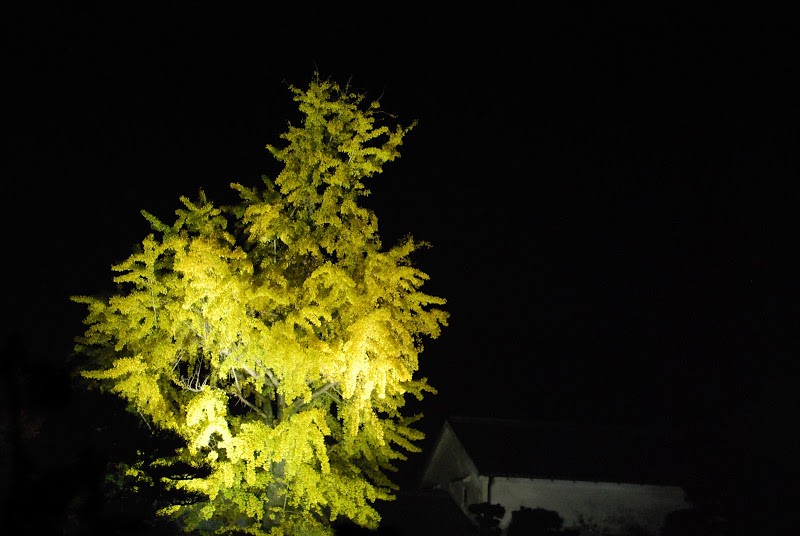

![【香川】当たり前のものが当たり前に美味しい。丁寧で美味しいご飯『Nöra(ノラ)』 – [Kagawa] Delicious Cuisine and tea “Nora”](https://yousakana.jp/wp-content/uploads/2021/12/nora_restaurant_cafe_busshozan_kagawa-800x534.jpeg)
![【香川】丹下健三設計の旧香川県立体育館 – [Kagawa] Former Kagawa Prefectural Gymnasium](https://yousakana.jp/wp-content/uploads/2021/07/Kagawa-Prefectural-Gymnasium-800x533.jpg)


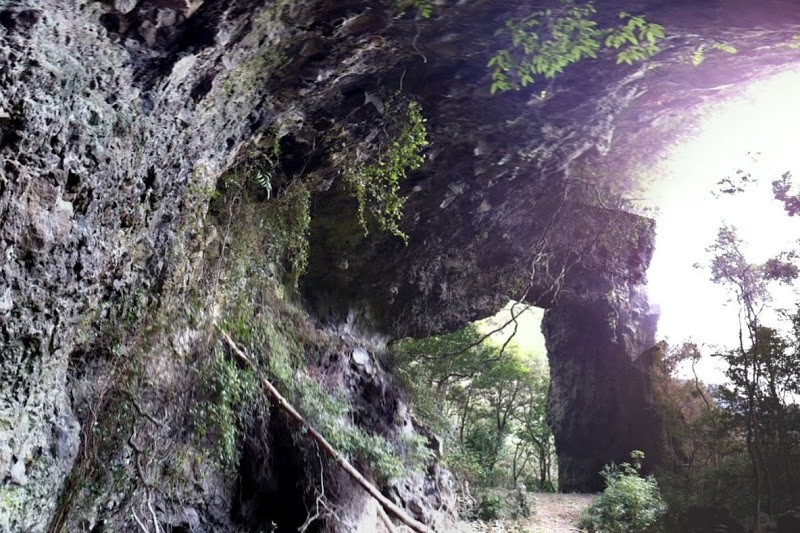

![【愛媛】新居大島 とうどおくり – [Ehime] Toudo festival at Ni-Oshima island](https://yousakana.jp/wp-content/uploads/2020/01/toudo_nioshima-island.jpg)



![【香川】1950年創業の豆菓子専門店『筒井製菓』 – [Kagawa] Tsutsui Confectionery, a specialist in bean confectionery, established in 1950.](https://yousakana.jp/wp-content/uploads/2024/02/tsutsui_mamegashi_kagawa-800x533.jpeg)
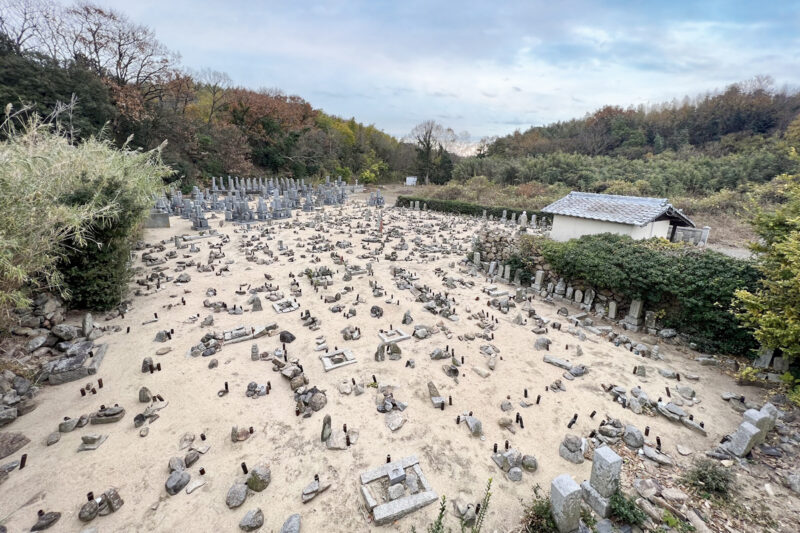






![【徳島 公共建築百選】増田友也設計『鳴門市文化会館』 – [Tokushima: 100 public buildings] “Naruto City Cultural Hall” designed by architect Tomoya Masuda](https://yousakana.jp/wp-content/uploads/2022/06/Naruto-City-Cultural-Hall-800x506.jpg)


![【香川 讃岐十景】奇岩と清流『三霞洞渓谷』 – [Kagawa] Mikado Valley](https://yousakana.jp/wp-content/uploads/2021/11/Mikado-Valley_kagawa-800x533.jpg)




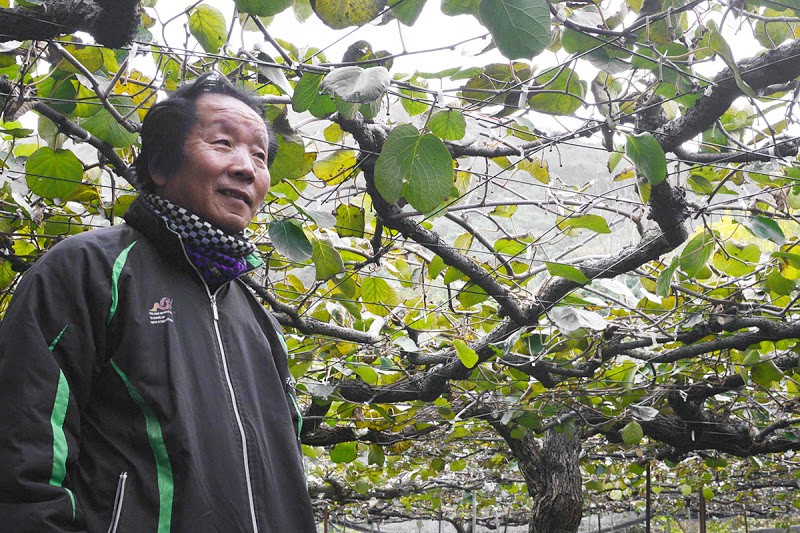


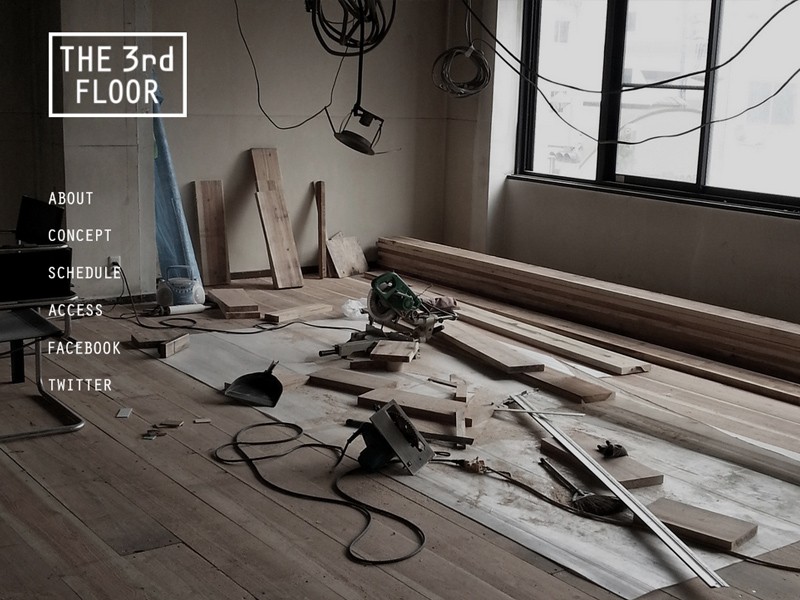

コメントを残す